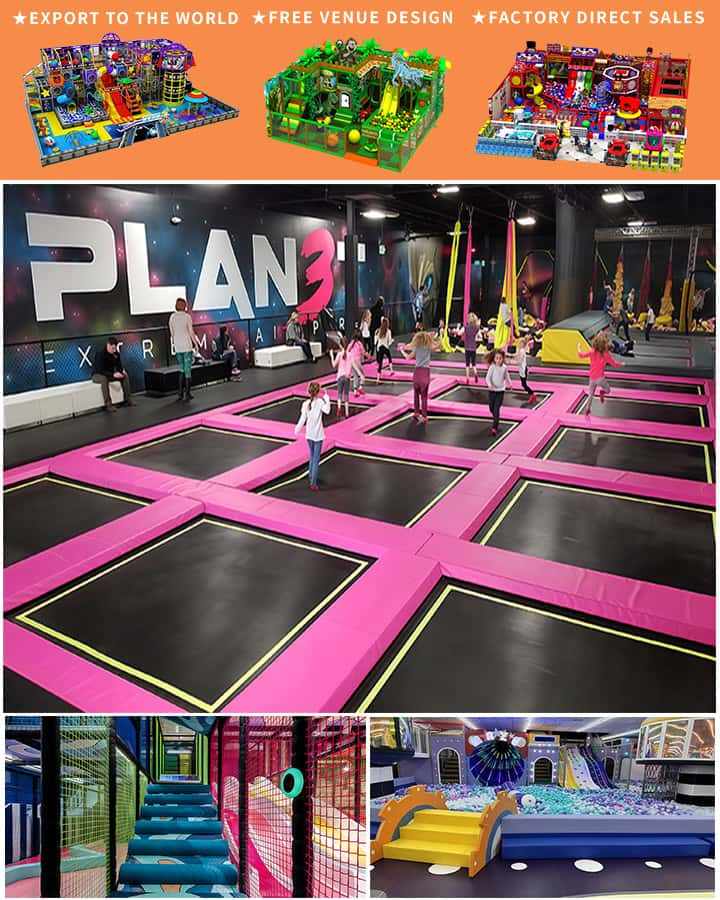Children’s parks are magical places where kids can run free, explore the outdoors, and let their imaginations soar. One of the most enticing aspects of any park is undoubtedly its playground equipment. These structures offer endless hours of entertainment, but have you ever stopped to wonder about the origins and meanings behind their names? In this article, we’ll take a closer look at some popular pieces of playground equipment and uncover the fascinating stories behind their names.
1. The Swing Set: A Timeless Favorite
No playground is complete without a swing set. This classic piece of equipment has been delighting children for generations. The name “swing” simply describes the motion of the seat suspended from chains or ropes that allows children to swing back and forth. The origins of the swing date back centuries, with early versions made from tree branches or vines. Today, modern swing sets come in various designs, including single swings, double swings, and even tire swings, each offering a unique way to experience the simple joy of flying through the air.
2. The Merry-Go-Round: Spinning Fun
The merry-go-round is another iconic playground staple, characterized by its rotating platform adorned with seats or figures. The term “merry-go-round” itself captures the essence of the ride—merry, because it brings joy and laughter; go-round, referring to its circular motion. Historically, merry-go-rounds were manually powered, requiring someone to turn the crank to keep it spinning. Modern versions often feature music and lights, adding an extra layer of excitement for children.

3. The Slide: A Thrilling Descent
Slides are universally beloved by children for their exhilarating combination of climbing and descending. The name “slide” accurately describes the smooth, inclined surface that allows users to glide down effortlessly. Slides can vary widely in design, from simple straight slides to elaborate spiral and tunnel structures. The concept of the slide dates back to ancient times when natural slopes were used for recreational purposes. Today’s slides are designed with safety in mind, providing a controlled environment for kids to enjoy the sensation of speed and gravity.
4. The Jungle Gym: Adventure Awaits
A jungle gym is a complex structure composed of interconnected bars, ladders, and platforms, designed to challenge children’s physical abilities. The name “jungle gym” evokes images of dense forests and wild adventures, encouraging kids to navigate through the structure like explorers. Jungle gyms originated as outdoor play spaces mimicking natural obstacles found in jungles. Nowadays, they are crafted from durable materials such as metal and plastic, ensuring both safety and durability.
5. The Seesaw: Balancing Act
The seesaw is a classic piece of playground equipment that requires cooperation and balance. The name “seesaw” comes from the motion of the board, which goes up and down as one end rises while the other falls. This motion creates a fun, interactive experience for two or more children. Seesaws date back to antiquity, with evidence of their use in various cultures throughout history. They teach important lessons in balance and coordination while providing a simple yet enjoyable form of entertainment.
6. The Climbing Wall: Scaling New Heights
Climbing walls offer children the opportunity to test their strength and agility as they scale vertical surfaces. These structures can range from small, manageable climbs for younger kids to towering walls that require more advanced climbing techniques. The name “climbing wall” directly reflects its function—a wall designed specifically for climbing. Modern climbing walls often incorporate safety features such as handholds and foot grips, making them accessible to children of all ages and skill levels.
7. The Sandbox: Creativity Unleashed
Finally, no discussion of playground equipment would be complete without mentioning the sandbox. This versatile and imaginative play area typically consists of a box filled with sand, where children can dig, build, and create. The word “sandbox” itself describes its simple composition—a box filled with sand. Sandboxes encourage open-ended play, allowing children to use their creativity to construct anything from castles to intricate landscapes.
In conclusion, each piece of playground equipment plays a vital role in shaping a child’s development by promoting physical activity, social interaction, and creative thinking. Understanding the origins and meanings behind these names adds an extra layer of appreciation for these beloved play structures. So next time you visit a children’s park, take a moment to reflect on the rich history and significance of each piece of equipment, and watch as your little ones create their own magical memories.




